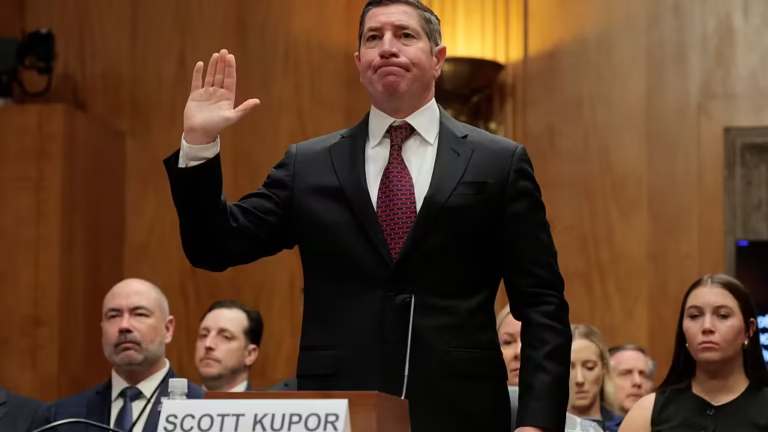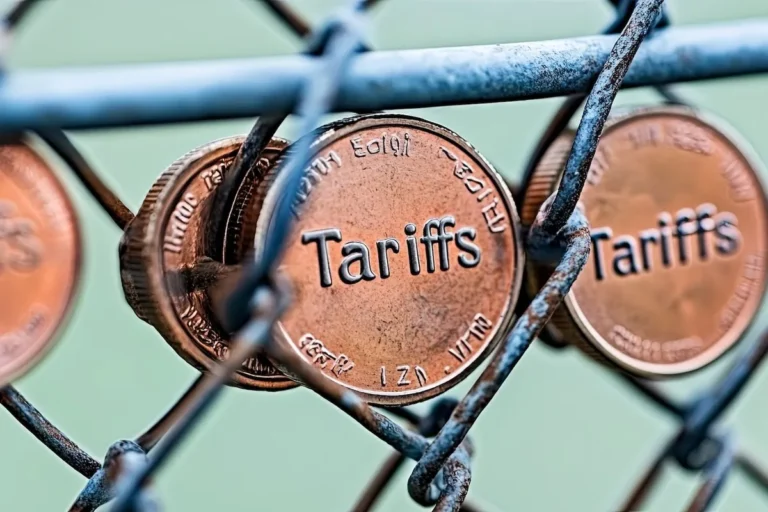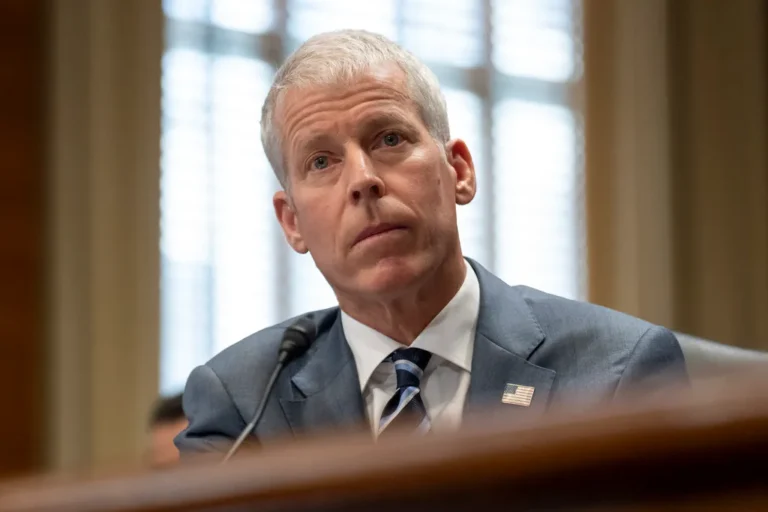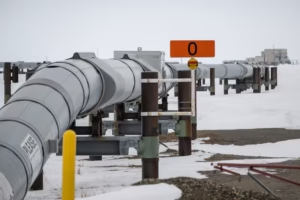Decades-Old Treaty Strains Under Modern Pressures
US-Mexico Water Dispute, The arid plains of northern Mexico are facing their worst water crisis in decades. With Lake Toronto at critically low levels and temperatures hitting 42°C (107.6°F), communities in Chihuahua are left praying for rain. But as fields dry and livelihoods wither, a bigger storm brews at the US-Mexico border—over water.
At the heart of the issue is the 1944 Water Treaty, an 81-year-old agreement requiring Mexico to send 430 million cubic meters of water annually to the United States via the Rio Grande. In exchange, the US delivers nearly four times that amount from the Colorado River to Mexico.
Now, amid historic drought conditions and mounting political pressure, the fragile balance is cracking.
Trump Threatens Tariffs Over Water Shortages
President Donald Trump has reignited the long-simmering dispute. In April, he accused Mexico of “stealing” US water and threatened tariffs or sanctions unless Mexico fulfills its treaty obligations.
“Mexico has failed again. Time for TARIFFS, and maybe even SANCTIONS,” Trump posted on Truth Social.
Though Mexico has transferred 75 million cubic meters to the US via the Amistad Dam, this is a drop in the bucket compared to its estimated 1.5 billion cubic meter shortfall.
Farmers on Both Sides Feel the Squeeze
Texan farmers like Brian Jones in the Rio Grande Valley are furious. For three years, he’s only been able to plant half his crops due to water shortages.
“We’re not asking for more than what’s owed. Just give us what the treaty guarantees,” says Jones.
But farmers across the border in Chihuahua tell a different story. According to them, the treaty allows flexibility—Mexico is only required to share water if there’s a surplus. With fields dry and communities desperate, they argue, there is simply no excess to share.
Tensions Turn Deadly
The emotional weight of the crisis is high. In 2020, violent protests erupted at La Boquilla Dam, leaving two Mexican farmers dead after confrontations with the National Guard. Farmers attempted to stop water from being diverted to the US, shouting that they couldn’t give what they didn’t have.
Water Mismanagement Fuels the Dispute
Critics argue that part of the crisis is self-inflicted. Agriculture in the Rio Conchos Valley—the main tributary to the Rio Grande—relies heavily on water-intensive crops like alfalfa and walnuts. Traditional flood irrigation methods waste massive volumes.
Former mayor and walnut grower Jaime Ramirez uses modern sprinklers on his fields, cutting water use by 60%. He urges fellow farmers to modernize, but cost remains a barrier.
“Sprinklers are cheaper in the long run,” Ramirez says. “But not everyone has the money to install them upfront.”
A Treaty Under Pressure
As climate change drives more frequent droughts and population growth increases demand, many in Mexico argue the 1944 treaty is outdated. Ramirez believes it no longer reflects current environmental realities.
But in Texas, the agreement is sacred. Jones insists the pact has stood for generations and should be honored regardless of new challenges.
The Future of Farming Hangs in the Balance
For now, diplomacy is fragile. Mexico’s President Claudia Sheinbaum has acknowledged the water debt and responded with partial transfers. But with the drought intensifying, further shipments may be impossible without threatening Mexico’s own water security.
Meanwhile, tourism in Lake Toronto has collapsed, and rising reservoir temperatures are endangering marine life, worsening the economic toll.
Local expert Rafael Betance, who has monitored La Boquilla Dam for 35 years, offers a somber assessment.
“We’re at less than 14% of capacity. We’ve never seen it this bad. Praying for rain is all we have left.”
For more latest newss checkout our website: usnewsinsight

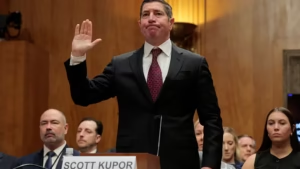
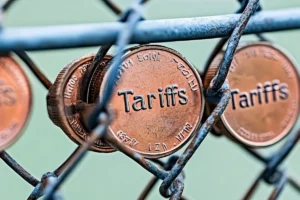
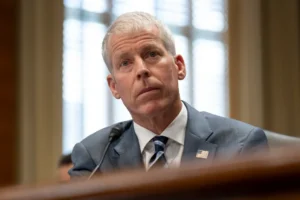

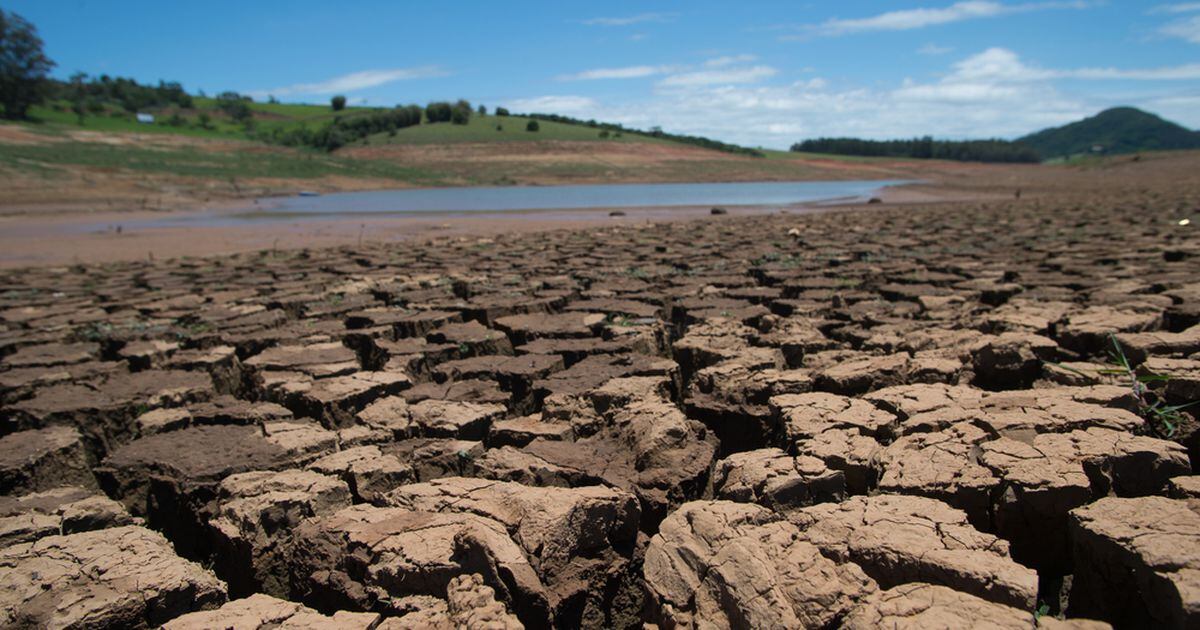
/cloudfront-eu-central-1.images.arcpublishing.com/prisa/QZ3OGQMMMBAX7IQRBHHHWACA7Q.JPG)
